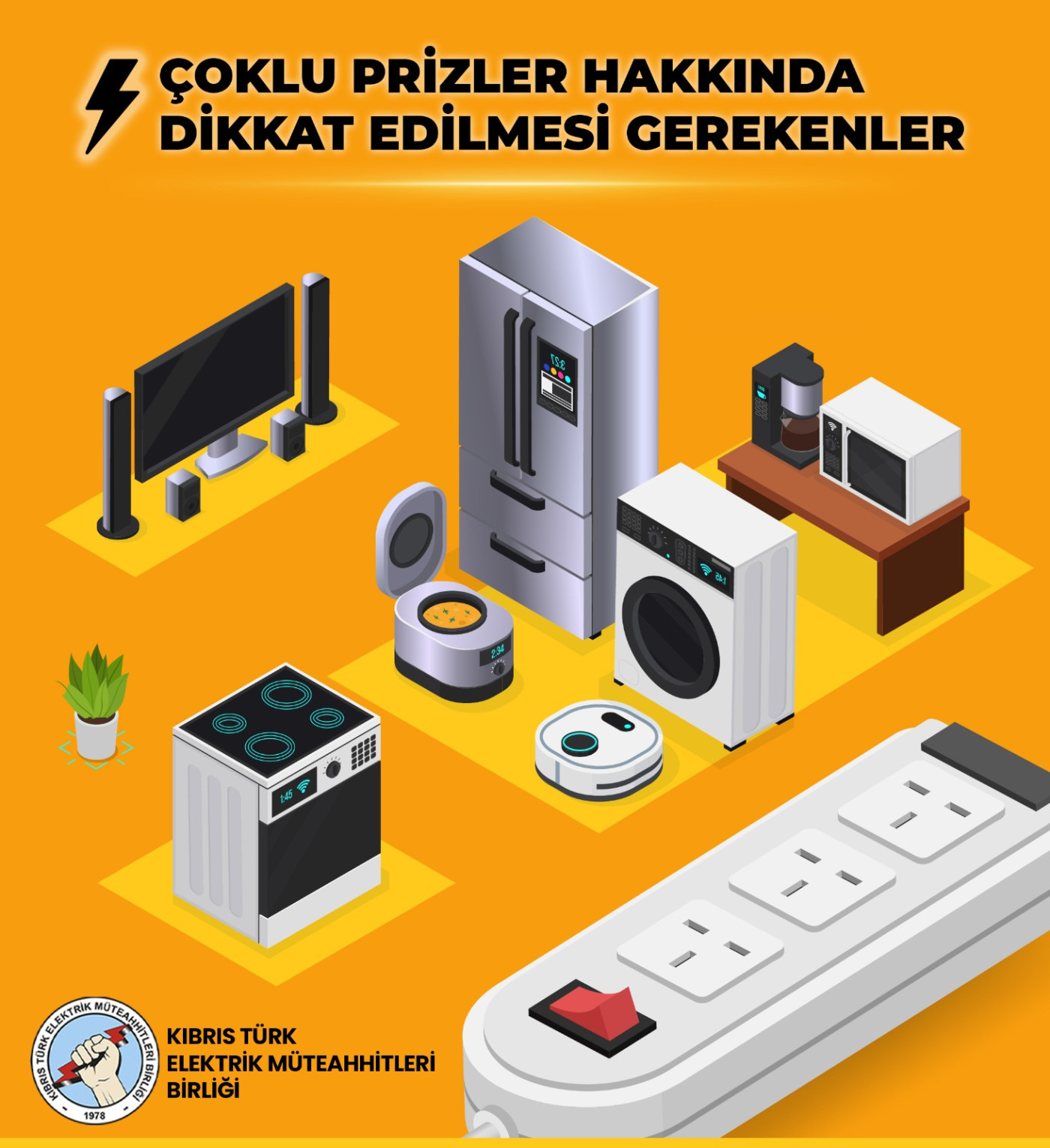Safe Use of Sockets and Low Fire-Risk Devices
Safe Use of Multi-Socket Extensions and Low Fire-Risk Devices in Compliance with British Standards (BS 7671 and Relevant Standards)
Low Fire-Risk Electrical Appliances
The following low-power-consuming devices are considered safe under BS 7671:
- Chargers
- Phone, tablet, and laptop chargers.
- Smartwatch and wireless earphone chargers.
- Low Power Consumption Appliances
- LED desk lamps (energy-efficient and low wattage).
- Electric shavers and toothbrushes (generally operate with low current).
- Modems and routers (steady and low energy consumption).
- Small Electronic Devices
- Televisions (modern models generally consume low energy).
- Home theater systems (when operated in low power mode).
- Low-capacity electric kettles.
Important Considerations for Using Triple Sockets
- Avoid Using High-Power Devices
- Devices such as irons, microwave ovens, hairdryers, electric heaters, or large kettles should never be used with triple sockets. These appliances draw high wattage, which may overload multi-socket extensions and create a fire hazard.
- Pay Attention to Cable and Socket Quality
- Triple sockets and their connected devices must comply with BS 1363 standards.
- Regular inspections should be conducted to prevent overheating of sockets and cables.
- Do Not Exceed Maximum Capacity
- The capacity of most multi-socket extensions is typically limited to 13A (3120W).
- The total consumption of connected devices should not exceed this limit at any time.
- Avoid Daisy-Chaining Multi-Socket Extensions
- Connecting multiple triple sockets in series is strictly not recommended. This practice can lead to overloading and potential failures in electrical circuits.
- Selection and Use of Multi-Socket Extensions
- Choose protected triple sockets (with surge protection).
- It is essential to use sockets with overload protection and automatic circuit breakers.
Additional Safety Recommendations
- Direct Connection for High-Power Devices:
Devices such as irons, microwave ovens, and treadmills should always be plugged directly into a wall socket. - Condition of Sockets:
Damaged or old sockets should not be used; they must be regularly checked and replaced if necessary. - Lack of Sufficient Sockets:
If additional sockets are needed as a long-term solution, consult an electrical engineer for proper installation.
By following these guidelines, the risk of electrical accidents and fire hazards can be minimized.




